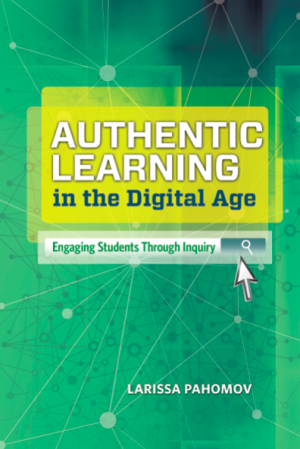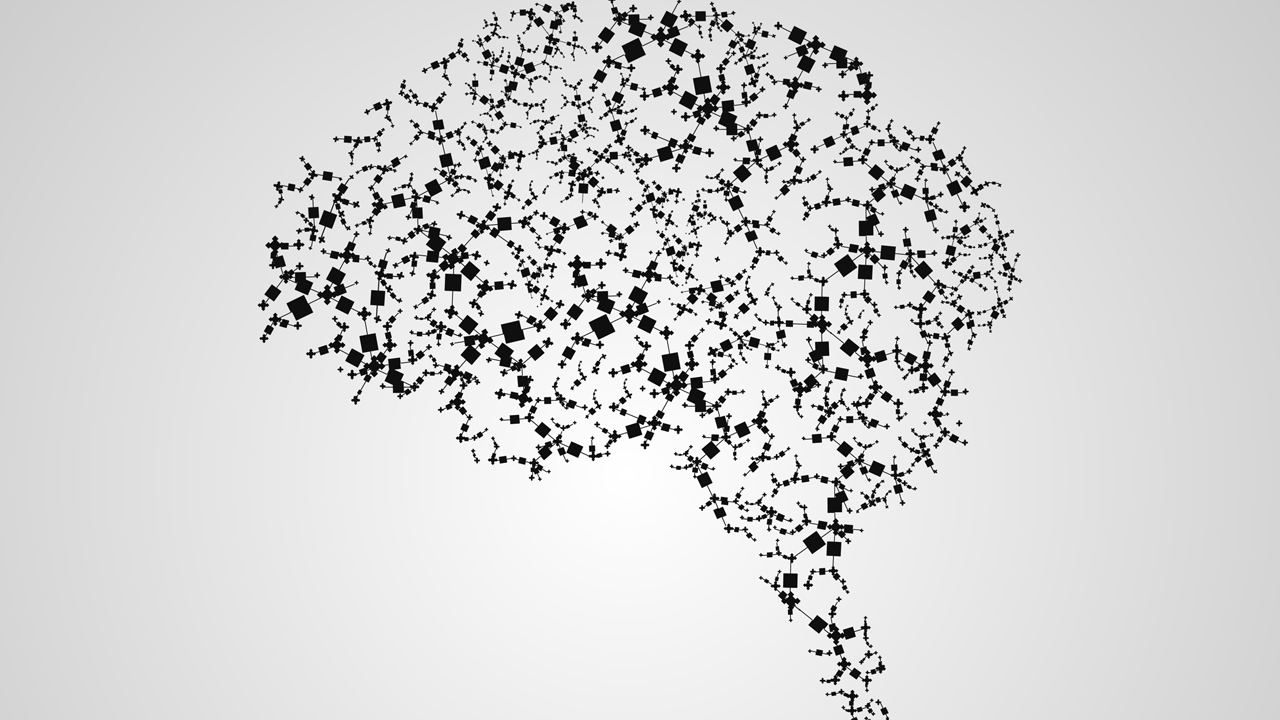Of course, there’s a danger of this metacognition turning into a kind of feedback loop: Am I reflecting adequately on my reflection? The better question to keep in mind is, How is this reflection going to help me in the future? In many cases, “the future” is just a few minutes away, but this mindset can also apply to cumulative reflection over a unit, a school year, or a lifetime.
➤ The digital connection. Students who are not naturally inclined to stop and think need explicit practices to nudge themselves toward quality reflection—and digital tools to make it easier. Keeping a log of tasks and habits, for example, gives students a rich source of data to mine when reflecting on their progress, and there are many apps that will collect and aggregate this information in accessible and attractive ways. The myriad of daily journals, goal-setting programs, and “productivity” apps help to create a regular time and place for reflection, which students can use toward academic or personal projects. Even using a simple timer can help students chunk out their work so they take a reflective break, and some programs have breaks built into the timer cycle, so that a pause from the work is guaranteed.
Applicable
The reflective question in the SLA admissions interview is a great tool for getting to know the student, but it doesn’t do much to actually serve their learning process. It’s completely divorced from the setting where the student actually did the work, and besides, the student already completed the project.
This kind of isolated, after-the-fact reflection dominates our understanding of the process. When asked to imagine a person reflecting, you probably conjure up an image of an individual alone, in a comfortable place, staring off into the distance, plaintively contemplating some earlier life event. This scene is likely set at the end of a calendar year, or at the end of a lifetime—or, if you imagined a professional setting, at a retirement party. These kinds of personal reflections contribute to the richness of life, because through them we are able to appreciate how our path has shaped our existence. But what about the life that is still to be lived and the work that is still to be done? Unfortunately, this sentimental notion of reflection for reflection’s sake keeps the practice from being used for active improvement in the here and now. Academic reflections, for example, often take place at the very end of the course, when both the professor and the student will be moving on to other courses and teaching loads. Students are not typically asked to consider how their performance evolves over the years either. Even though teachers often have a very clear notion of how the curriculum builds on itself and how students must develop their skills in a particular sequence, they often keep this structure hidden from their students. Occupied with the daily grind of delivering curriculum, it often doesn’t occur to them that their students might benefit from seeing the big picture.
If this structure is revealed to students, though, then they suddenly have a framework for assessing how their past performance will influence their future work. By being transparent about future tasks and assignments, teachers remind students that they’re going to have to use at least some of these skills again, so there’s no sense in making the same mistakes. Reflection suddenly has a real and immediate purpose: You know where this course is going, so how are you going to improve the quality of your own journey?

➤ The digital connection. If students are going to really benefit from their reflections and apply them to future work, those thoughts have to get out of their heads and into some form of documentation. Proximity here is key; reviewing a previous reflection can be most instructive when students are working on the next task, so their reflection should be stored wherever that work is happening. Paper portfolios can approximate this, although that method forces students to carry a year’s worth of work and reflection with them at all times (which is why most teachers choose to keep portfolios in the classroom—logical, but limiting). By contrast, online homes for student reflection are universally accessible and can be organized to accompany student work, so that the past reflection is right in front of students as they start a new task. Digital tools also provide different mediums for students to capture their thoughts—they can type or tag, or talk into the microphone or camera.
Electronic tools of analysis can also play a big role here. Just as athletes track their physical performance using a specific set of metrics, students may benefit from reviewing their academic achievements in different areas, like the categories of a rubric or a list of discrete skills. When used by outside forces as the exclusive criteria for judging a school, this kind of “data-driven” approach can be myopic, but when used by students as one of several tools for measuring success, the process can be empowering. The standards-based grading movement has a multitude of resources available online, including free online grade books for teachers. By tying a numerical score to specific skills, students are naturally encouraged to reflect on their past performance so that they can improve the work, not just the grade.
Shared
Let’s go back to that image of the lone person lost in reflection. Once they are done collecting their thoughts, who are they going to share them with? Most likely a trusted confidant or private journal—a safe place with no chance of betrayal. This tendency toward secrecy is natural. In the interest of keeping up appearances, we don’t really like to share our weaknesses and past failures (although we do love gawking at the problems and misfortunes of others). But if we are really seeking to take action based on our reflections, then we will likely need some help, and that means we have to own up about what needs work. To make students comfortable with this practice, the classroom has to become a place where each student is recognized as being on an individual path of improvement—and, an important point, no student has reached the end of the path, because there is no end. And if there is no finish line, it becomes more difficult for students to compare their relative positions on the journey.
Once that culture has been established, the classroom can become a place of collective support instead of individual competition. By sharing their reflections on their academic work, students can both advise and seek help from their peers. Sharing their achievements helps those who struggled with that particular task, and sharing their weak spots helps them troubleshoot as they work through a problem set or have a peer edit a rough draft.
➤ The digital connection. Just as electronic tools make reflections easy to access for an individual, so, too, do they make it easy to share. Sharing becomes instantaneous when material is available online; the collection of commentary from an entire class can also be indexed, searched, and organized by theme—a feature that may be of great use for the teacher, who will want to look at both individual goals and the class’s experience as a whole. If students are sensitive about sharing their reflections, the work can also be posted anonymously. Like writing in to an advice column with a pseudonym, the practice allows them to receive guidance and support without embarrassing themselves.



